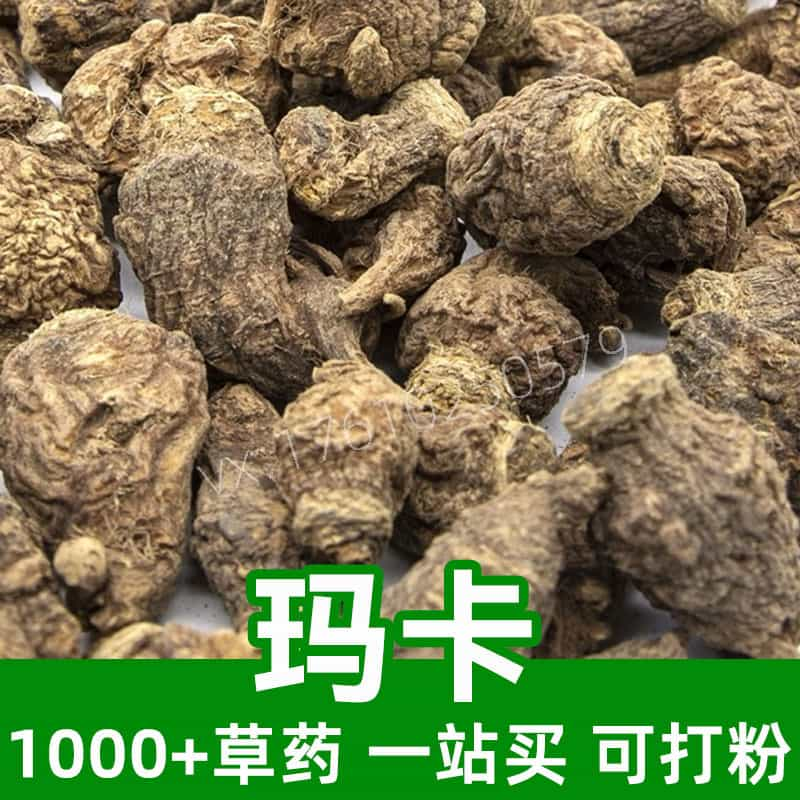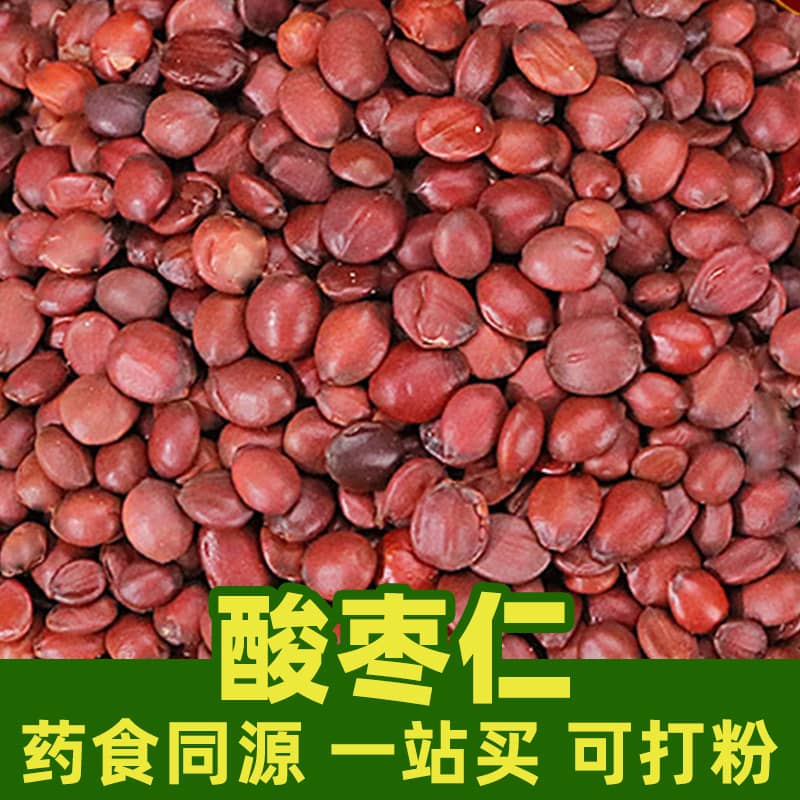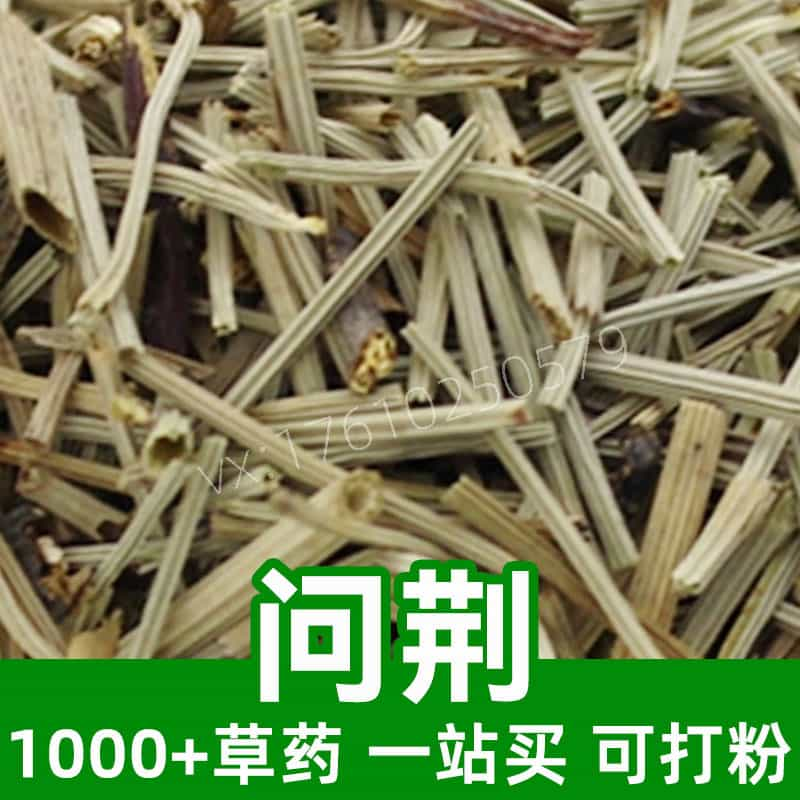Bark of Himalayan Coralbean Product Overview
Bark of Himalayan Coralbean is a common Chinese medicinal material, primarily derived from the bark of the Alstonia tree. Its main components include various alkaloids, flavonoid compounds, tannins, and essential oils. Bark of Himalayan Coralbean has a bitter, cold nature, and is associated with the lung, stomach, and large intestine meridians. It has properties such as clearing heat, detoxifying, resolving phlegm, relieving cough, and calming the mind. Bark of Himalayan Coralbean is frequently used in traditional Chinese medicine formulas, such as heat-clearing and detoxifying agents, and cough-relieving and phlegm-resolving preparations, making it an important ingredient in Chinese medicine.
Key Active Ingredients of Bark of Himalayan Coralbean
Bark of Himalayan Coralbean is an important traditional Chinese medicine with key active ingredients that include a variety of bioactive compounds, primarily consisting of:
- Alkaloids: Bark of Himalayan Coralbean contains various alkaloids such as stimulants and alstonine. These alkaloids have sedative, anti-inflammatory, and antibacterial effects.
- Flavonoids: Bark of Himalayan Coralbean is rich in flavonoid compounds such as quercetin and isoquercitrin. These compounds have antioxidant, anti-inflammatory, antibacterial, and anti-tumor properties.
- Tannins: Bark of Himalayan Coralbean contains a high concentration of tannins, mainly gallic acid and tannin. These compounds are known for their astringent, hemostatic, antibacterial, and anti-inflammatory effects.
- Essential Oils: Bark of Himalayan Coralbean also contains small amounts of essential oils, which may have antibacterial, sedative, and other beneficial properties.
These compounds work synergistically to provide Bark of Himalayan Coralbean with various pharmacological effects, such as clearing heat, detoxifying, resolving phlegm, relieving cough, calming the mind, and exhibiting antibacterial and anti-inflammatory properties. This makes it widely used in Chinese medicine.
Applications, Dosage, and Usage of Bark of Himalayan Coralbean
Bark of Himalayan Coralbean has broad applications in both traditional Chinese medicine and the food industry. The following highlights its uses, dosages, and methods of administration:
- Traditional Chinese Medicine Applications:
Bark of Himalayan Coralbean is used to treat various conditions such as colds, coughs, acute pharyngitis, and wind-heat colds. - Dosage and Usage:
- Decoction: Boil an appropriate amount of Bark of Himalayan Coralbean to extract its juice, and add water or honey. It can be consumed in doses throughout the day to treat colds, coughs, etc.
- Infusion: Boil an appropriate amount of Bark of Himalayan Coralbean in water, strain the mixture, and take it warm. It can help with heat clearing, detoxifying, and calming the mind.
- Soup: Bark of Himalayan Coralbean can be combined with other medicinal herbs, such as yulmu and ginkgo, to make a nourishing and lung-soothing soup for phlegm and cough relief.
- Food Industry Applications:
Bark of Himalayan Coralbean may also be used as a food ingredient for flavoring or as a food additive, such as in brewing or cooking. While Bark of Himalayan Coralbean has medicinal value, its use in food must be controlled according to relevant regulations to avoid excessive consumption. - Precautions:
- Bark of Himalayan Coralbean is cold in nature, so people with a cold constitution should use it with caution. Pregnant women and those with a weak, cold constitution should avoid large amounts.
- When using Bark of Himalayan Coralbean, adjust the dosage and method of administration according to individual symptoms and physical condition, and consult a healthcare professional to avoid adverse reactions.
In general, Bark of Himalayan Coralbean is a widely used medicinal material with applications in both Chinese medicine and the food industry. However, care must be taken regarding dosage and usage to prevent any negative effects.
Source Plant, Distribution, and Growing Conditions of Bark of Himalayan Coralbean
Bark of Himalayan Coralbean comes from the Alstonia tree, known scientifically as Albizia julibrissin Durazz, a member of the legume family. It is also called Mimosa bark or Mimosa tree bark. Here is an overview of the source plant, its distribution, and growing conditions:
- Source Plant Overview:
Bark of Himalayan Coralbean is sourced from the Mimosa tree, a deciduous tree in the legume family. It is a commonly seen ornamental and medicinal plant. The bark of this tree is known as Bark of Himalayan Coralbean, and it is an important medicinal part. - Distribution:
The Mimosa tree is native to Asia, particularly in southern China, Korea, Japan, and Vietnam. It has been widely introduced to subtropical and temperate regions worldwide, such as Europe and North America. - Growing Conditions:
The Mimosa tree prefers warm and humid environments and can grow in various soil types, although well-drained soils are more favorable. It is commonly found along riverbanks, in valleys, on slopes, near forest edges, and in urban parks. The tree prefers moderate sunlight and humidity but is not tolerant to cold weather. - Growth Characteristics:
The Mimosa tree is drought-resistant and can tolerate some cold. Under suitable conditions, it grows quickly and can reach heights of 10-15 meters. The tree has an umbrella-shaped crown, with pinnate compound leaves. Its flowers are delicate, pale pink or red in color, and form long, thread-like clusters, making it a popular ornamental tree in gardens. - Cultivation and Propagation:
The Mimosa tree can be propagated by seeds, cuttings, or root division. Under favorable environmental conditions, it grows rapidly, is drought-tolerant, and is relatively easy to cultivate and manage.
Overall, Bark of Himalayan Coralbean comes from the Mimosa tree, which is a common leguminous plant native to Asia. The tree thrives in warm and humid environments, grows rapidly, and is a widely cultivated ornamental and medicinal tree.
Harvesting, Processing, and Storage of Bark of Himalayan Coralbean
The harvesting, processing, and storage of Bark of Himalayan Coralbean are crucial to preserving its medicinal value. Here are the key aspects of harvesting, processing, and storage:
- Harvesting Time:
The best time to harvest Bark of Himalayan Coralbean is in the spring or summer, when the bark is fresh and tender and its medicinal components are at their peak. - Harvesting Method:
To harvest Bark of Himalayan Coralbean, select healthy tree trunks and carefully cut the bark with tools to avoid damaging the tree. The harvested bark should be handled gently to avoid excessive damage and contamination. - Processing:
After harvesting, the bark should be promptly cleaned, dried, or sun-dried to an appropriate moisture level to prevent mold growth. The bark can then be sliced or shredded for further processing and medicinal use. - Storage:
Bark of Himalayan Coralbean should be stored in a cool, dry, and well-ventilated area, away from direct sunlight and humidity. It can be placed in a dry bamboo basket or paper bag, and the storage conditions should be checked regularly to ensure quality and medicinal potency. - Packaging:
During storage, Bark of Himalayan Coralbean may be packaged as needed, commonly in paper or cloth bags. Avoid using plastic bags as they can hinder ventilation and moisture control, which could impact the quality of the bark. - Precautions:
When storing Bark of Himalayan Coralbean, avoid mixing it with other medicinal materials to prevent cross-contamination or infection. Regularly check the storage environment and condition to ensure the quality and medicinal properties of the bark are maintained.
In summary, the harvesting, processing, and storage of Bark of Himalayan Coralbean require attention to timing, methods, environmental conditions, and packaging to ensure its medicinal value and quality.
Monica Sun is a seasoned expert in the natural raw materials industry, with over a decade of experience specializing in traditional Chinese medicinal herbs, spices, and fungi. She is skilled in the sourcing, processing, and application of these materials, emphasizing sustainability and innovation. Monica Sun has contributed to the development of high-quality natural raw materials that serve as essential components in functional foods, pharmaceuticals, and cosmetics, delivering tailored solutions to meet diverse market needs.
















